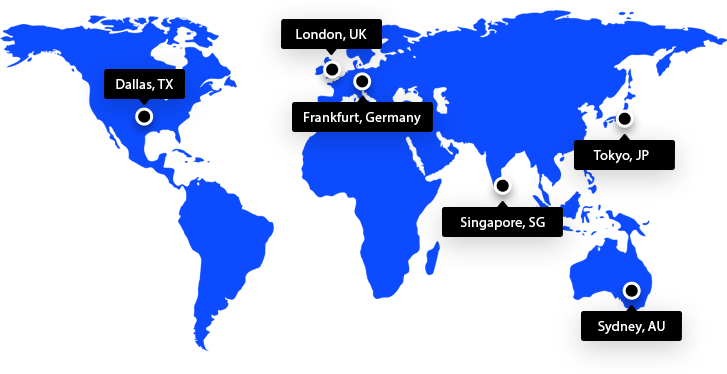Layer 3, 4 or 7 DDoS protection to protect your networks, websites or servers.
Keep your website online an protect your website with our DDoS protection system.
The best solution to protect your private network against DDoS Attacks.
The best protection to keep your dedicated server safe for DDoS attacks
Layer 3, 4, and 7 DDoS protection refers to measures that are taken to defend against distributed denial of service (DDoS) attacks that target specific layers of the OSI (Open Systems Interconnection) model.
Skyhosting is working with the best datcacenters based in the Netherlands. We have slected the best Datacenters to offer you premium protection against Layer 3,4 and 7 DDoS attacks.


A Layer 3 DDoS attack is a type of distributed denial of service (DDoS) attack that targets the network layer (Layer 3) of the Open Systems Interconnection (OSI) model, which is the network layer. It is designed to flood a targeted network or server with traffic, disrupting its ability to function and preventing legitimate traffic from reaching it.
Layer 4 attacks are typically carried out using a network of compromised computers or devices, also known as a botnet, which sends large volumes of traffic to the targeted network or server. This traffic can be in the form of packets, which are small units of data that are sent over the internet, or connections, which are established between two devices to facilitate communication.
Layer 7 attacks are typically carried out using a network of compromised computers or devices, also known as a botnet, which sends large volumes of traffic to the targeted network or server. This traffic can take the form of HTTP requests, which are used to communicate with web servers and other applications over the internet.
Distributed denial of service (DDoS) protection is a set of measures that are designed to defend against DDoS attacks, which are designed to flood a targeted network or server with traffic and disrupt its ability to function. There are a number of different approaches to DDoS protection, including the following:
Network filtering: This involves identifying and blocking malicious traffic before it reaches the targeted network or server. This can be done using firewalls, intrusion prevention systems, and other security measures that are designed to filter traffic based on various characteristics, such as source IP address, destination IP address, and protocol.
Traffic scrubbing: This involves routing traffic through a scrubbing center, which is a network of servers that are specifically designed to absorb and filter out malicious traffic. This can be done using anycast routing, which is a technique that routes traffic to the nearest available server, or by using specialized DDoS scrubbing services.
Load balancing: This involves distributing traffic across multiple servers or networks in order to spread the load and prevent any single server or network from being overwhelmed by traffic. This can be done using load balancers, which are specialized devices that distribute traffic across multiple servers or networks.
Traffic shaping: This involves limiting the amount of traffic that is allowed to reach a targeted network or server in order to prevent it from being overwhelmed. This can be done using rate limiting, which is a technique that limits the number of requests or connections that are allowed to be made to a server over a given period of time.
It is important for organizations to implement a combination of these approaches in order to effectively defend against DDoS attacks and protect their networks and servers
Skyhosting is a leading provider of dedicated servers, proxies and VPS. We have been in business since 2018 and are focused on providing the best possible service to our customers.
Copyright ©2022 Skyhosting.io All Rights Reserved